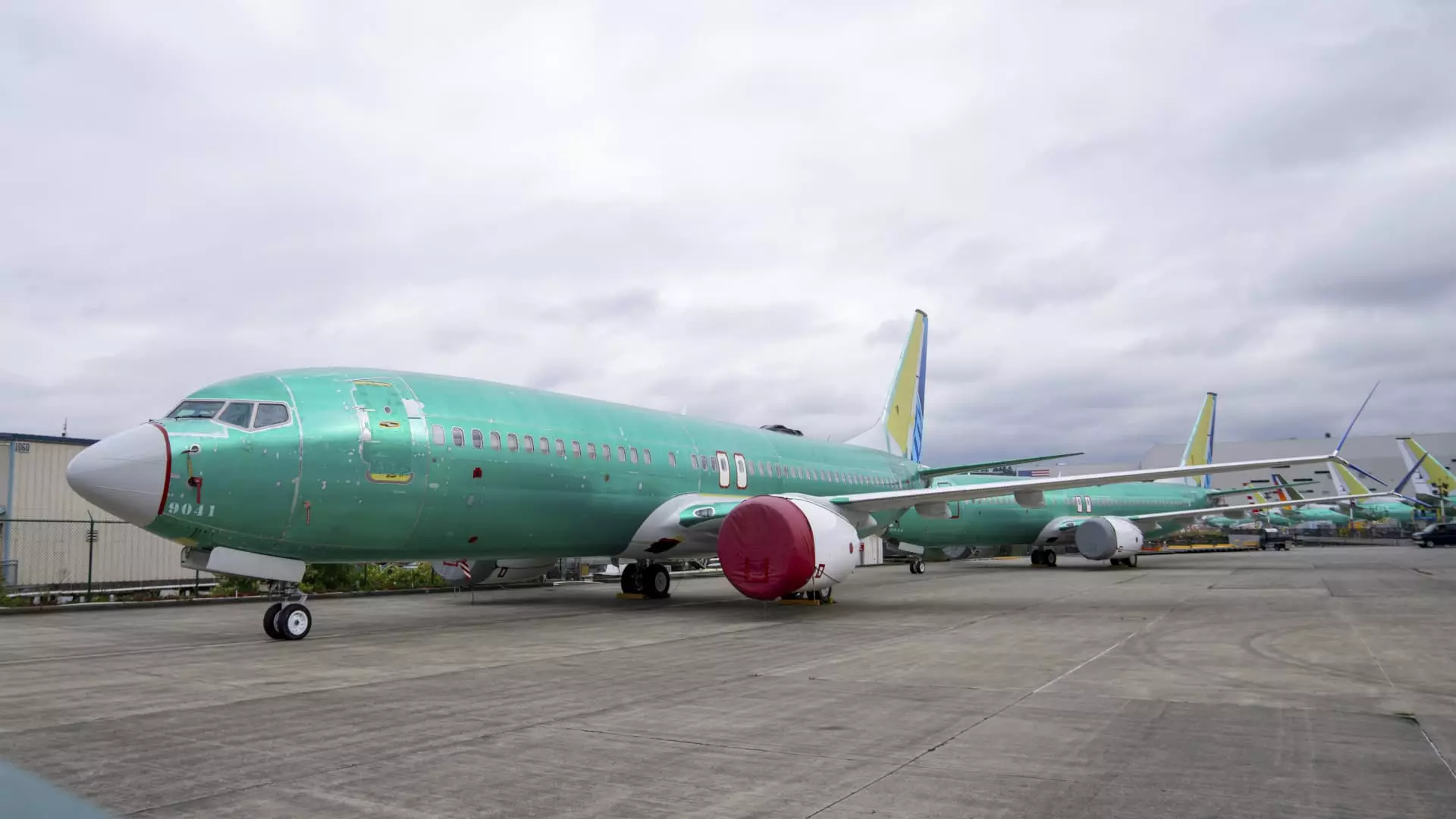Boeing, a giant in the aerospace industry, is navigating through a significant turbulence characterized by financial losses and disruptions in production. In a bold but perhaps necessary move, the company has announced a reduction of its workforce by ten percent, translating to approximately 17,000 employees. This decision comes on the heels of prolonged difficulties, including a machinist strike that has entered its fifth week, which has ceased operations in its aircraft manufacturing facilities. These workforce cuts underscore the urgency of Boeing’s situation, as the company grapples with mounting challenges that threaten its competitive edge and operational stability.
Compounding its woes, Boeing has also delayed the much-anticipated launch of its 777X wide-body aircraft until 2026, marking a staggering six-year postponement from the original schedule. The company has signaled that it will cease production of its commercial 767 freighters in 2027 once existing orders are fulfilled. The ramifications of this delay are significant not just for Boeing, but also for airlines that rely on these aircraft to meet growing travel demand. Furthermore, Boeing’s third-quarter financial outlook paints a dire picture, with projections indicating a loss of $9.97 per share, alongside substantial pretax charges amounting to $3 billion in its commercial airplane division and another $2 billion tied to its defense sector. Such financial strains reflect not only operational inefficiencies but also the pitfalls of a company struggling to recover from a series of crises that have plagued its reputation.
New CEO Kelly Ortberg, who took charge just over two months ago, has faced formidable challenges in steering the company back to stability. His leadership has already been marked by contentious decisions and necessary structural changes to adapt to the evolving aerospace landscape. In his communications to staff, Ortberg has candidly acknowledged the severe nature of the situation, noting the need for “tough decisions” to navigate the complexities ahead. This period of adjustment is critical, as the company aims to regain trust and strengthen relationships with its customers in the long term.
The crisis is exacerbated by deteriorating relations with the International Association of Machinists and Aerospace Workers, the union representing a significant portion of Boeing’s workforce. The strike, which commenced after machinists rejected a tentative agreement with management, illustrates growing discontent among workers and highlights the broader implications of labor negotiations in the industry. Tensions have escalated, with Boeing recently filing an unfair labor practice charge against the union. The filing claims that the union has been negotiating in bad faith, which only adds further complexity to the already fraught relations. The union, in turn, has criticized Boeing’s attempts to circumvent established negotiation processes and has raised alarms about offers perceived as insincere.
As Boeing confronts these multifaceted challenges, the road ahead will require a delicate balance between workforce management and operational efficiency. The decision to trim the workforce comes at a time when the company had begun to restore its employee count following the disruptions caused by the COVID-19 pandemic. These cuts raise questions regarding future capacity and the ability to respond swiftly to market demands as travel returns to pre-pandemic levels. Credit rating agencies have warned of the potential loss of Boeing’s investment-grade rating, emphasizing the immediate need for the company to stabilize its operations and rebuild its financial health.
Boeing stands at a critical juncture where decisive action is essential. The combination of workforce cuts, production delays, and strained labor relations has put the company under immense pressure. For Boeing to emerge from this crisis, it will need to not only address its internal operational challenges but also mend relationships with its workforce and stakeholders. The current situation serves as a sobering reminder of the complexities inherent in the aerospace industry, where the interplay between management decisions, labor relations, and market dynamics can shape a company’s future trajectory.

Leave a Reply